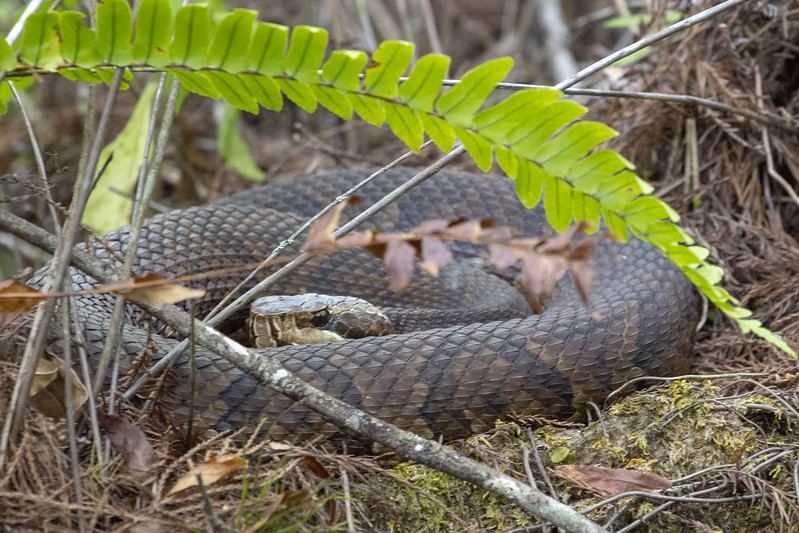
Snakes are elongated, legless, and carnivorous reptiles that have been around for millions of years. They are found in almost every part of the world, from the deserts of Australia to the rainforests of South America. Snakes are fascinating creatures that have captured the imagination of people throughout history.
Snakes are known for their unique physical characteristics, such as their ability to unhinge their jaws to swallow prey whole, their forked tongues for detecting scent, and their ability to shed their skin as they grow. They come in a variety of shapes, sizes, and colors, and have adapted to a wide range of habitats and ecological niches. Some species are venomous, while others are not, and their roles in the ecosystem as both predator and prey make them an essential part of the natural world.
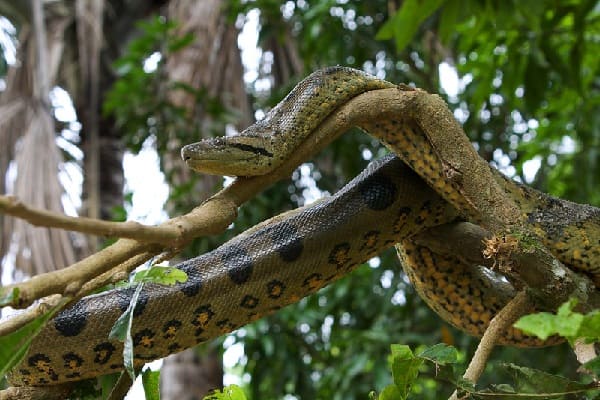
How Big Can They Get?
Snakes are a diverse group of reptiles that come in various sizes, ranging from tiny thread snakes that are only a few inches long to massive anacondas that can grow up to 30 feet in length. The largest snake in the world is the green anaconda, which is found in the swamps and rivers of South America. These impressive creatures can weigh up to 550 pounds and measure up to 30 feet long, making them one of the most massive snakes in the world.
While the green anacondas are the longest snake, the heaviest snake is the reticulated python, which can weigh up to 350 pounds. These snakes are native to Southeast Asia and can grow up to 33 feet long. Other large snakes include the Burmese python, which can grow up to 23 feet long, and the king cobra, which is the longest venomous snake and can reach up to 18 feet in length.
It is important to note that not all snakes are large, and many species are much smaller. Some of the smallest snakes include thread snakes, which can be as small as four inches long, and blind snakes, which are typically less than a foot long. The size of a snake depends on various factors, including the species, sex, age, and habitat.
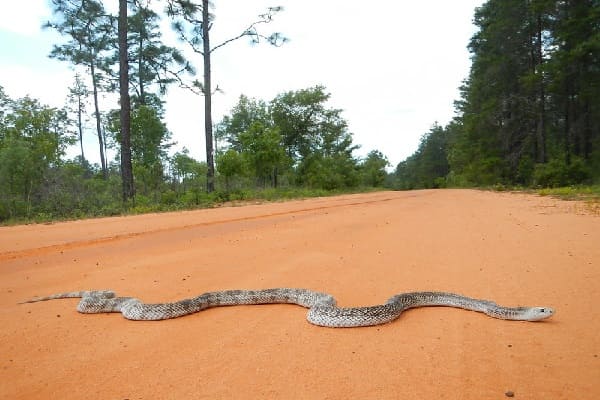
How to Measure a Snake’s Size
Measuring a snake’s size can be an essential task for researchers, herpetologists, and wildlife enthusiasts. The size of a snake is typically measured by its length, which is the distance from the tip of the nose to the end of the tail. The length of a snake can be measured using various methods, including using a measuring tape or ruler, a weighted string, or a specially designed snake hook.
When measuring a snake’s length, it is crucial to handle the animal with care and respect. Some species can be dangerous or venomous, and it is essential to take appropriate safety precautions when handling them. It is also important to avoid stressing the snake unnecessarily, as this can cause them harm or injury.
To measure a snake’s length, one method is to use a measuring tape or ruler. Gently stretch the snake out along the measuring tape or ruler, making sure to straighten out any curves in the body. Carefully read the measurement from the tip of the nose to the end of the tail. Another method is to use a weighted string, which can be laid along the snake’s body and then measured against a ruler or measuring tape. Finally, a snake hook can be used to gently extend the snake’s body for measurement, although this method requires more skill and experience.
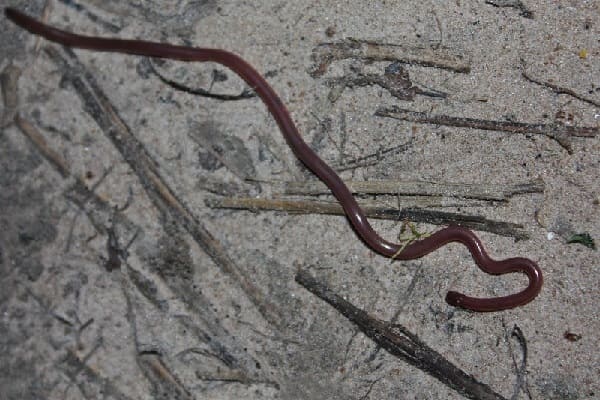
Snake Size Comparison
Snake size comparison refers to the process of comparing the sizes of different species of snakes. This can be an exciting activity for herpetologists, researchers, and enthusiasts interested in learning about the diversity of snake species around the world. By comparing the sizes of different species of snakes, it is possible to gain insights into their adaptations, ecology, and behavior.
One way to compare snake sizes is by looking at their length. As discussed earlier, the largest snake in the world is the green anaconda, which can grow up to 30 feet long. In contrast, the smallest snake in the world is the thread snake, which is only a few inches long. By comparing the size of these two species, we can see the remarkable diversity of snake sizes and the wide range of ecological niches they occupy.
Another way to compare snake sizes is by looking at their weight. While length is a useful indicator of size, weight can also provide valuable information about the physiology and ecology of a species. For example, the heaviest snake in the world is the reticulated python, which can weigh up to 350 pounds. By comparing the weight of this species to other snakes, we can learn about their hunting strategies, diet, and metabolic rate.
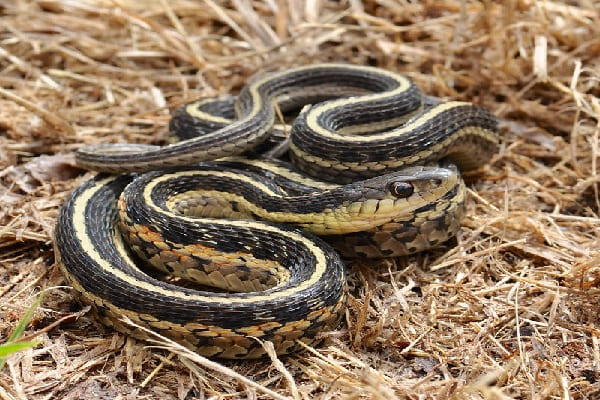
From Small to Large: Snake Sizes
From small to large, the world of snakes offers a wide range of sizes and shapes. Starting at the smallest end of the spectrum, thread snakes are tiny snakes that can be as small as four inches long. These diminutive snakes are found in a variety of habitats and are known for their ability to burrow underground.
Moving up in size, blind snakes are another small species that typically measure less than a foot long. These snakes are found in tropical and subtropical regions around the world and are often mistaken for worms due to their small size and slender bodies.
Moving into the medium-sized snake category, garter snakes and rat snakes are two examples of snakes that can grow to be several feet long. Garter snakes are commonly found throughout North America and can grow up to four feet long. Rat snakes are another medium-sized species found in North America and can grow up to six feet long.
At the larger end of the spectrum, pythons and boas are some of the largest snakes in the world. Burmese pythons are a massive species that can grow up to 23 feet long, while anacondas can reach up to 30 feet in length. Finally, the reticulated python (python reticulatus) is the longest snake in the world, with some individuals measuring up to 33 feet long.
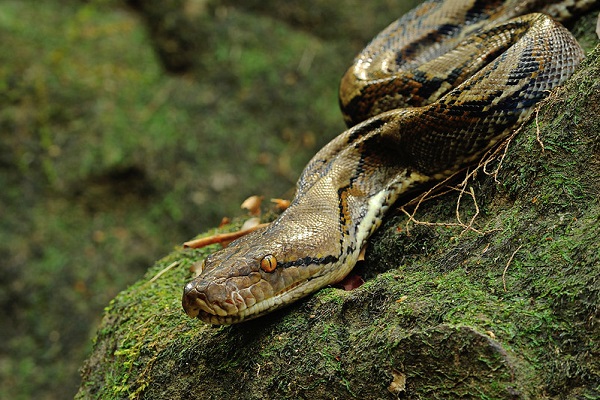
Range of Snake Sizes
Snakes are a diverse group of animals, with species varying greatly in size, such as little, huge, gigantic, short, fat, skinny, thick, and thin. The smallest snakes are just a few inches long, while the largest can reach over 30 feet in length. One of the largest snakes in the world is the green anaconda, which can grow up to 30 feet long and weigh over 500 pounds. These massive snakes are found in South America and are known for their powerful constricting abilities.
Another enormous species is the reticulated python, which is the longest snake in the world. These snakes can grow up to 33 feet long and are found throughout Southeast Asia. Burmese pythons are another large species that can grow up to 23 feet long and are native to Southeast Asia. These snakes are commonly kept as pets but are also known to be a problem invasive species in certain areas.
Finally, the yellow anaconda is another large species of snake, although not as well-known as the green anaconda or the reticulated python. These snakes can grow up to 13 feet long and are found in Latin America. They are less frequently encountered by humans than the green anaconda, but they are still a formidable predator in their native habitat. Overall, the range of snake sizes is vast and varied, with species adapting to their environments in unique ways.
Need Help With Snake Infestation On Your Property?
Snakes are known for their ability to slither, coil, curl, twist, turn, wriggle, and squirm, and while most are not dangerous to humans, some species can be deadly or lethal. If you’re dealing with a snake infestation on your property, AAAC Wildlife Removal Services can help. Our team of experienced wildlife removal specialists has the knowledge and tools necessary to safely and effectively remove venomous snakes and nonvenomous snakes from your home or business. We understand that dealing with a snake infestation can be stressful, which is why we work quickly to resolve the issue and provide peace of mind to our customers.
Our approach to snake removal is humane and eco-friendly, ensuring that the snakes are safely relocated to a more suitable habitat. We also offer preventative measures to help keep snakes from returning to your property, such as sealing entry points and removing attractants like piles of debris or overgrown vegetation. With AAAC Wildlife Removal Services, you can trust that your snake infestation will be handled with professionalism and care. Contact us today to schedule a consultation and learn more about our services.
Final Thoughts
Snakes are fascinating creatures that come in a variety of sizes and shapes. From tiny thread snakes to massive reticulated pythons, the world of snakes offers a diverse range of species adapted to various environments around the globe. While some people fear snakes, they are important members of many ecosystems, playing a vital role in controlling populations of rodents and other prey species.
If you find yourself dealing with a snake infestation, it’s important to seek the help of a professional wildlife removal service like AAAC Wildlife Removal Services. With their expertise and humane approach, they can safely and effectively remove snakes from your property and provide preventative measures to keep them from returning. Additionally, snakes can be dangerous creatures, particularly if they have venom which is considered as poison to humans. Their bites can be deadly, and even non-venomous species can deliver a painful strike. By respecting and protecting these remarkable creatures, we can coexist with them in a way that benefits both humans and wildlife alike.







